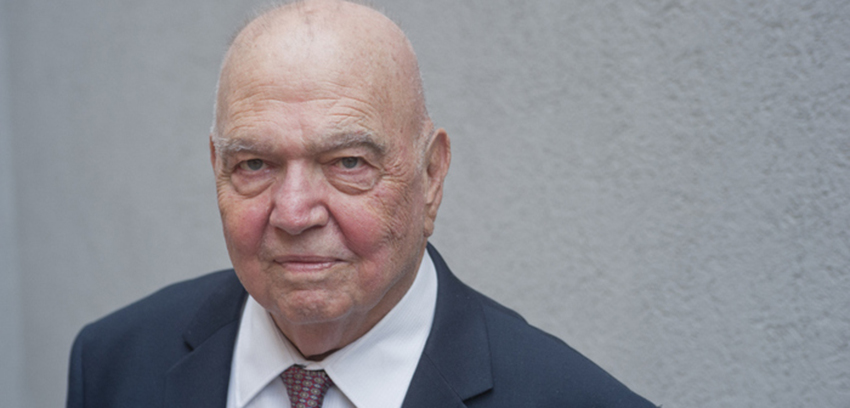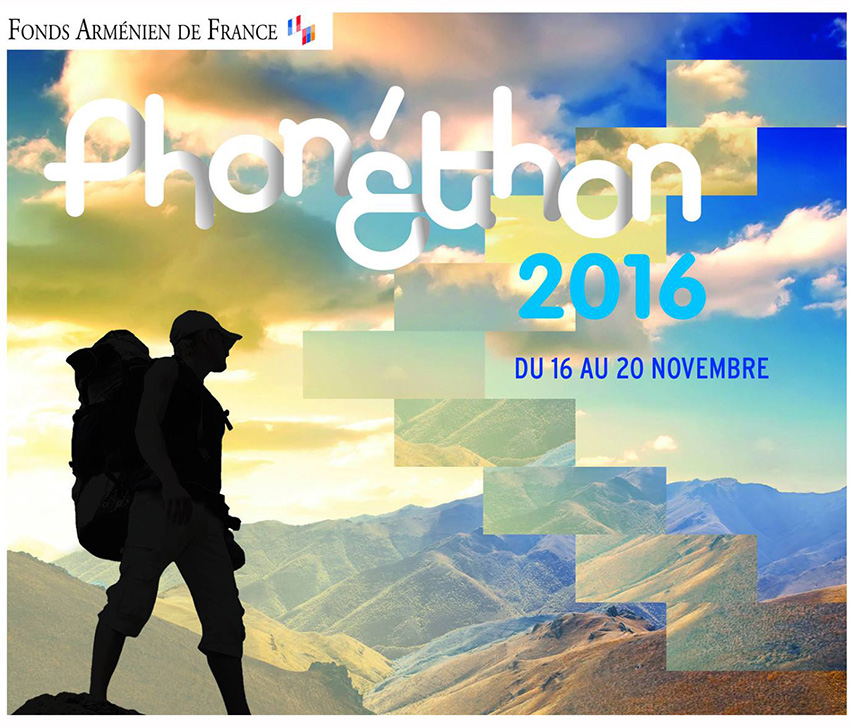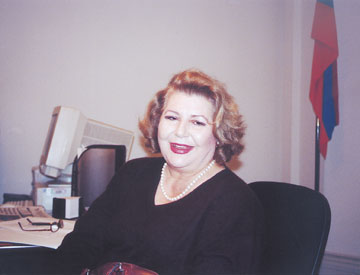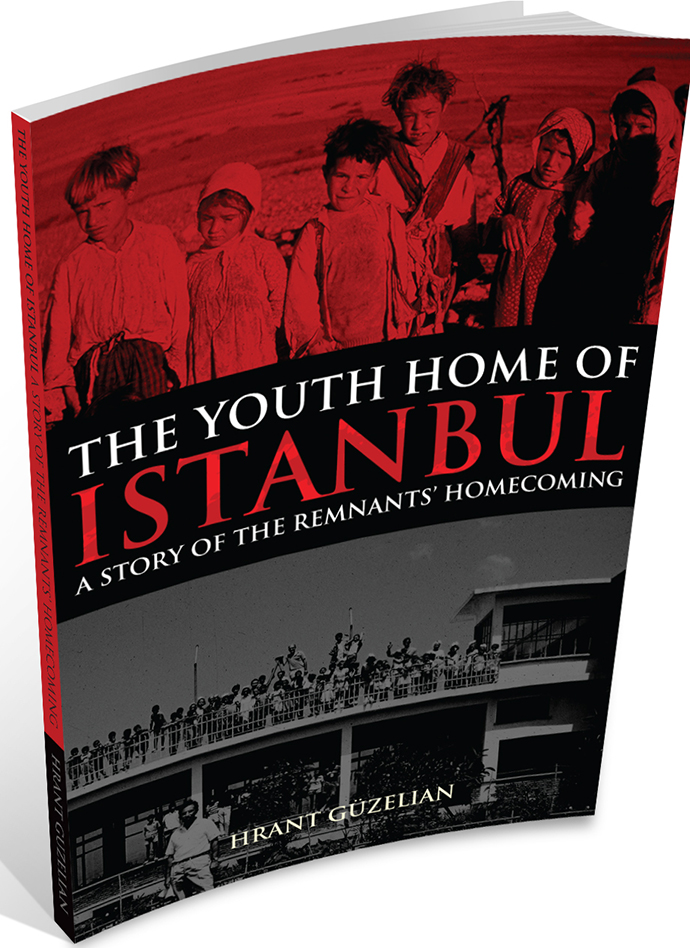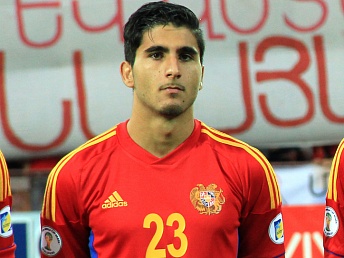Prof Richard Hovhannisian, who is a prominent figure in Armenian historiography, visited Istanbul for attending “The Social Cultural and Economic History of Van and the Region 1850-1930” conference Agos talked to him about his recently-published book and his studies on the genocide.
Your series consisting of homeland books is like the continuation of the Armenian tradition. Furthermore, it makes great contributions to Armenian studies. How do you see this series?
I devoted almost my whole life to study the Republic of Armenia, which existed between 1918 and 1920. It is known that this republic had been subjected to severe criticism by its successor Soviet Armenia. On the other hand, I assess that period from a different perspective. The First Republic had a vital importance for the Armenian people, despite all of its deficient and inadequate aspects. I published 4 books on the First Republic based on the researches that I carried out in the archives of almost 10 countries and the Armenian sources that I examined. In recent years, these books have been translated to Eastern Armenian; now, young researchers and the ones who are interested in history can benefit from them.
Conference series (Historic Armenian Cities and Provinces) that I presented in UCLA in 1997 are also an important study of mine. As far as I have observed, the young generation, unlike the first generations of genocide survivors, is not interested in their ancestral cities. When I asked the students in the class where they are from, they named the cities like Aleppo and Cairo, where their ancestors had to go after the genocide. After some insistence, they mostly told that they are from Turkey. Well, which city? Most of the student didn’t have an answer to this question. There were few students who knew from which they are, but the majority became indifferent to the lands of their ancestors. I tried to organize two conferences in a year and in every conference, I covered the importance of one city in terms of Armenian history and culture. Naturally, Van (Vaspurakan) and the region was the first place that I covered, since it is the place where the Armenian people was shaped in the history. Then, the conferences continued with Muş (Taron), Bitlis (Baghesh), Harput (Kharpert), Erzurum (Karin), Sivas (Sebastia), Diyarbakır (Tigranakert), Urfa (Edessa), Cilicia region and Trebizond-Black Sea Communities. During the Ottoman times, Armenian people had been living all over the country. The second to last volume is about Armenian Communities of Asia Minor.
There had been more than 100 Armenian villages about 200 kilometers away from Istanbul. İzmit and Bursa are known by the majority. However, places like Bandırma, Bardizag (Bahçecik), Armaş, Geyve, Adapazarı had been very important cultural centers. There is no doubt that the most important one is the Armenian community of Istanbul. Istanbul had the largest Armenian population and was one of the most important parts of Armenian history in terms of culture, though it is not a part of the historical Armenia. That is why a volume is devoted to Istanbul only. Furthermore, Great Fire of Smyrna and chasing of the people toward the sea were of interest for me. In a conference, I also covered Kars and Ani, which belong to both Western Armenia and Eastern Armenia.
The last volume, which was published last month, covers Musa Dagh, Dörtyol and Kessab, which is within the borders of Syria now. I published 14 volumes and I think that the recent volume should be the last one.
First, Bitlis (Baghesh) volume was published in Turkish. Now, Van (Vaspurakan) volume will be available in Turkish soon. How do you feel about this?
It is a pleasure to have my books translated to and published in Turkish. Turkish-reading young Armenians and sensitive members of Turkish society will be able to comprehend the issue more easily and have a concrete understanding about the part that Armenians played in Turkey.
In the context of books on the homeland, how do you define the notion of “homeland” for Armenians? For instance, for an American-Armenian whose grandfather is from Van, is the homeland Van, the US or Yerevan?
Recently, Hrant Dink Foundation organized a conference on the question of identity, which is a very important issue. Of course, its importance might differ from person to person. I am one of those who considers it important. Nowadays, some people are tracing their lineage. In the past, I carried out oral history interviews with about 700-800 genocide survivors. Most of them date back to ’70s-’80s. Today, in 2016, a person with a foreign name tries to complete her story by tracing the record of her grandmother; just like Fethiye Çetin did. Now, those voice recordings are being translated to English for making them more accessible. People feel deeply in sorrow, when they hear the sufferings of their grandparents. In fact, most of the people that I have interviewed preferred not to talk about it. For instance, a person whose grandfather is from Zara wanted to listen to the records. They were engaged in milling back in Zara. The grandfather told about Zara, their house, the mill, the stream that run the mill in an incredibly vivid way. Then he told about the sufferings that he went through. He was the only surviving member of a large family.
In your opinion, how does denial affect the Armenian identity?
Denial has a major impact on the identity. Many Armenians belonging to third or fourth generation are aware of the reality of genocide, though they don’t speak Armenian and are oblivious of the Armenian culture. The denial of this truth makes them furious. On the other hand, it makes their sense of identity stronger. I think that the mentality adopting the denial adopts the wrong strategy. The identity gets stronger in the face of denialism. As I mentioned, for most of the young Armenians, being Armenian is limited to Armenian cuisine and folk dances. In fact, majority of Armenians who migrated to the US were from countryside and it seems that Armenian dance rhythms will survive in their inner world for a couple generations to come.
How do you assess the centrality of the Armenian Genocide in Armenian studies?
There is no doubt that the genocide has a very significant place in the Armenian identity. Before I became interested in this topic, my area of interest was the First Republic of Armenia. The denial led me to this issue. If there wasn’t denial and some compensations were made in order to establish justice, probably I wouldn’t have started to study on this issue. I know that my grandfather was from Harput, he lost his entire family, he survived by chance and Kurds held him captive for forcing him to work. He had been to Urfa and Der Zor. I know all of these and the denial makes me furious. When I started to study on this topic, only Armenians were working in this field. Then, I saw that non-Armenians were carrying out comparative genocide studies. They compared the Armenian Genocide with other genocides and concluded that it was a prototype for the other genocides in 20th century. Today, there is a huge literature on this topic. Studies of non-Armenians outnumber the studies of Armenians. I think it is better, since Armenian history would not matter much, if it remains limited to the studies of Armenians. Now, we have to universalize our history. Focusing only on the genocide is not right, since the Armenian history as a whole is larger and deeper than the genocide. In fact, some people are fed up with genocide, they complain, asking “Isn’t there anything else?” However, we know that we have a lot of things to tell. The history of Armenian people is older than 3000 years. A great culture is created during that time. What is important is to emphasize this great culture, by keeping the genocide in mind of course.
You have a long academic career. In your opinion, what is the progress of Armenian studies? How will it evolve?
At the beginning, when we were studying on the genocide, we had been trying to convince people that it really happened and seeking for evidences. My first published book is titled as “Armenian Genocide in Perspective” and the content is full of description of the events. It is a discussion of what happened, where it happened and how it happened. However, the content of my recent books are really different. Now, everybody knows that there was murder. On this point, our purpose it to analyze the issue. We deal with the questions like why it happened, who did it, what were the sins of the victims, did they have any sins or what the survivors went through afterwards and so on. As part of the analysis, there is another important question: Young Turks movement, and the Unionists in general, came to power in 1908 with libertarian discourse and slogans of French Revolution. What kind of a transformation did take place after 7 years? And, was there a real transformation or was it planned beforehand and they just waited for an occasion like World War I for realizing this plan?
Methods of analysis and comparison are very important. Some people worry that the genocide against their people would become less important because of the comparison. I beg to differ. By comparison, we determine the similarities and differences. For instance, all genocides have something in common: there is a massive exchange of wealth between the victim and the perpetrator of the genocide. Given this fact, the fate of Armenian properties explains many things. You know better than me that the source of the wealth of many rich people in Turkey are Armenian properties. Comparison is important and it should be made. I should admit that there is a considerable progress, but the countries have their own national interests and the Armenian question falls a victim to these interests. In the end, we are not a large nation and we don’t have enough power to have an impact on politics. Thus, great powers don’t support us regarding this issue. We should believe that the injustice of genocide is the problem of the whole humanity and it concerns the whole humanity.
Agos.com.tr

